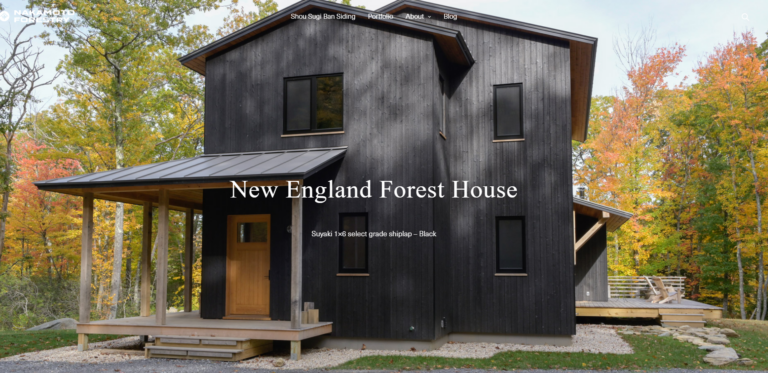We are all are used to making cost comparisons while shopping, so it’s natural to think of home construction in terms of a competitive bid. The difference in custom home building is that an estimate is based not only on a product, but also upon a service. What assumptions have been made within a given proposal? How timely with communication, and how attentive to details, will one contractor be compared with another? A formal bid requires a higher level of detail, specification, and decision-making up front. It also requires several months to coordinate, administer, draw comparisons, and make a decision. De-rigueur for commercial work, formal bidding is far less employed in residential work.
Over the years we’ve sought a balance of specifying what is useful to customers and contractors, while allowing some flexibility to control costs and respond to owner choices. At the upper echelon of residential service, Architects are compelled to provide an enormous level of documentation that can include dozens of drawing sheets and reams of specifications. But what is appropriate for work at a smaller scale and limited budget? At the higher end of the spectrum, extensive documents can be burdensome for small contractors to manage and to estimate. At the lower end, builders might be left with many unanswered questions and have to improvise on site. Much depends on the nature of the project, and one aims to provide an appropriate level of service for each.
